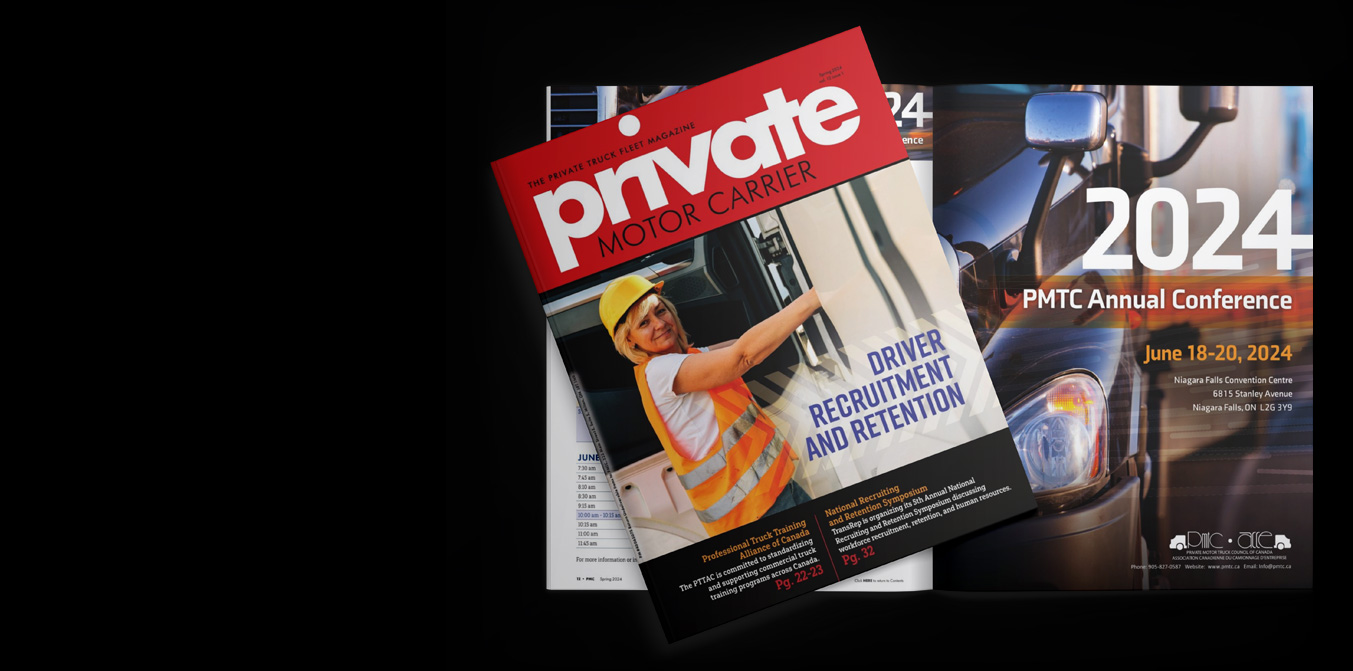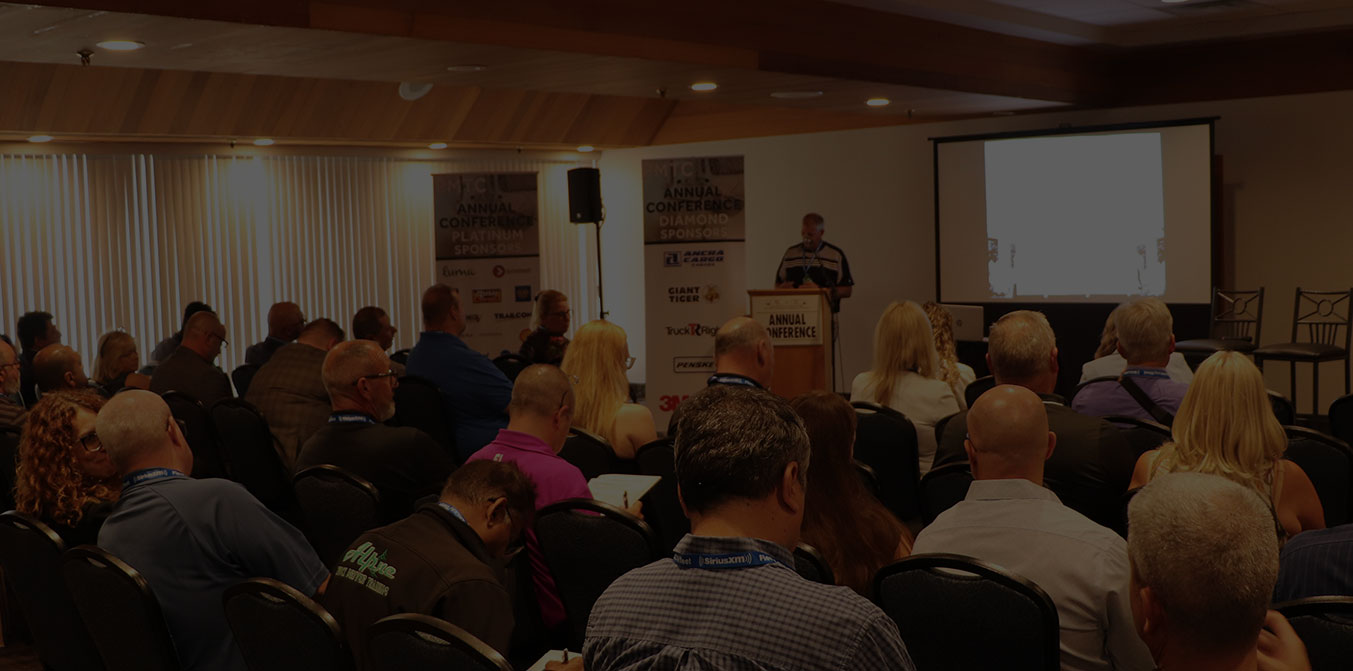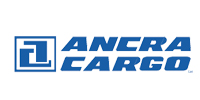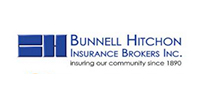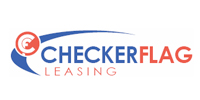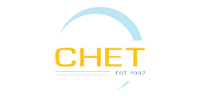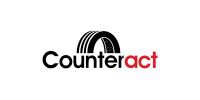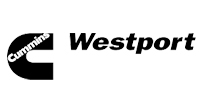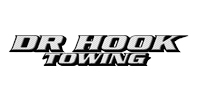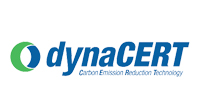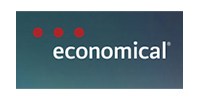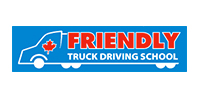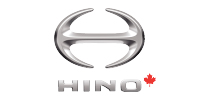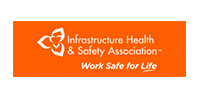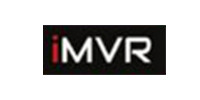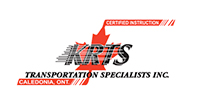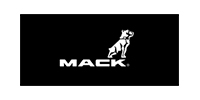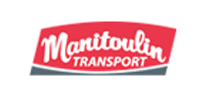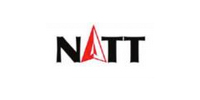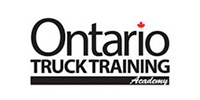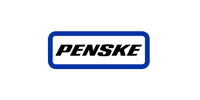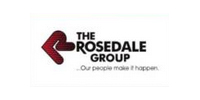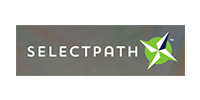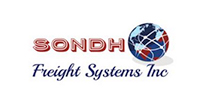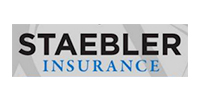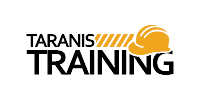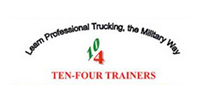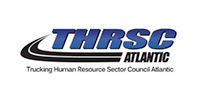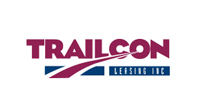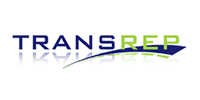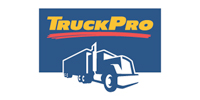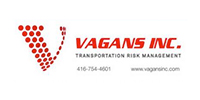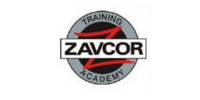Control insurance costs through technology, commitments to safety
Insurance is one of the few things that a fleet will buy and hope not to use -- like spill kits, first aid supplies, and fire extinguishers. So there should be little surprise when fleet managers show an interest in strategies that will help to manage insurance premiums.
Of course, some factors are outside any fleet’s control. Shari Dodsworth, Northbridge Insurance’s senior vice-president of sales, business development and distribution, cites examples including the type of freight, the location of a facility, or a customer’s address. Fees for medical support and lawyers also continue to rise. “People submitting claims always have lawyers,” she says. “Look at the billboards.” Ambulance chasers are hardly subtle in their advertising.
Claims have the biggest influence on insurance rates, adds Scott Cober, national transportation practice leader at Marsh Insurance. “The large losses in trucking are unfortunately a factor in the business.”
But fleets which have a five-year track record of sub-30% loss ratios – a figure comparing claims to premiums -- are going to be rewarded with the most competitive rates, he says. “A good risk is a good risk. Good fleets are paying lower premiums.”
Todd MacGillivray, Northbridge’s director of transportation and logistics, refers to three primary factors which influence insurance premiums. “It’s where you go, what you haul, and your level of commitment to safety and hazard management,” he says. “That’s where the communication [with your insurer] is key.”
Some locales such as New York, California and Texas expose fleets to a higher likelihood of big lawsuits and massive jury settlements. While the customer locations don’t change, a fleet can limit the number of trucks which require related coverage by clearly identifying the equipment and drivers who will go to the locations. The trucks and drivers that remain can be covered by insurance which reflects their lower risks, he says.
Private fleets also tend to have a unique advantage over for-hire counterparts when it comes to identifying exactly what is hauled. But insurers are still going to want information about any goods that are being collected during back hauls.
“Is it something thieves generally will look at?” MacGillivray asks. And how likely would these goods survive a collision. Cargo such as lumber, sand and gravel, for example, is more likely to be recovered than electronics or household goods.
Safety first
The biggest opportunities for savings tend to surround a fleet’s commitment to safety and hazard management.
Insurers today will carefully study factors such as hiring practices, equipment age, preventive maintenance schedules, and how often damage falls short of deductible limits. “Is the business owner being proactive? Are they doing things above and beyond the requirements?” MacGillivray asks. “If they’re committed to safety, then it’s going to resonate all the way toward their drivers.”
One way or another, the commitment is eventually reflected in government safety ratings. Insurers openly admit that they keep a close eye on reports available through sources such as Ontario’s Commercial Vehicle Operator’s Registration (CVOR) and the U.S.-based Compliance, Safety and Accountability (CSA) program. The latter’s Behaviour Analysis and Safety Improvement Categories (BASICs) measure unsafe driving, fatigued driving, driver fitness, substance abuse, maintenance, cargo issues, and the chance that a future crash will occur.
Some insurers will not even consider a fleet with a “conditional” rating, says Greg St. Croix, national transportation risk focus leader at Marsh Insurance. Fleets which have other lines of insurance with the same company may be somewhat protected from this threat. But even then, a visit from the insurance company’s risk control specialist will be pretty likely to occur.
It is not the only data to monitor. Some types of losses are a greater concern to insurers than others, Dodsworth says. Today’s ticket for an improper lane change, for example, increases the likelihood of a sideswiped trailer. An increase in the frequency of incidents eventually leads to a higher severity.
“If you can’t measure it you can’t manage it,” St. Croix adds.
He likes to see fleets tracking data as diverse as the frequency of collisions and driver turnover. “Generally the industry doesn’t know how to analyze all they have,” St. Croix says. “We’re finally wising up to the power of analytics.” Properly tracked, this gives fleet managers the ability to see issues like an increasing share of collisions involving right-hand turns. They spot trends. They take action.
MacGillivray suggests that 15% of the fleets insured by Northbridge are ultimately identified with a “superior” status which is rewarded with favourable rates. “It is achievable if the individual is committed and willing to work with our team,” he says.
Investments in technology often help to make the difference. Electronic logbooks, for example, help to ensure that drivers comply with Hours of Service rules. Dash cams and other telematics tools help to track driver behaviour, leading to the insight that can be used to focus driver training.
While some fleets balk at the idea of using electronic logbooks, or choose to wait for the equipment to be mandated, the tools are more affordable than ever before, St. Croix says. Insurers also believe that the tools help to reflect a fleet’s commitment to safety. “They embrace technology, and they see drivers as partners, and they see drivers as operators that are crucial to the success of their operation,” he says. Not only that, but early adopters have a chance to learn how the equipment affects their business, and will be better prepared to flip the switch when rules are mandated.
“With the growth and change of technology, you can see the cornering and lane handling street by street,” Cober adds. This is the type of information which can identify risky drivers and reduce the frequency of collisions. “It has to be seen as rewarding good behaviour, not just coming down on bad behavior.” The approach of using the technology as a carrot rather than a stick can be particularly important when introducing the tools to older drivers who are more likely to fear technology.
Then there are the options such as adaptive cruise control and lane monitoring technologies which actively help to avoid collisions altogether, St. Croix says. “Adaptive cruise control has been proven to reduce rear-end collisions dramatically.”
“Captive” groups are also becoming more popular, drawing several fleets together under a common umbrella, and transferring risk. “We take the good risk out of the traditional marketplace,” Cober says, referring to the ways that participating fleets also share best practices and ideas. Some of their insurance coverage might be shifted outside of Canada, or supported with a higher deductible. The latest generation of fleet executives seem to be more open to different strategies which transfer risk, he says.
Times change. “Ten years ago, fleet captives were virtually unheard of in Canada,” St. Croix notes.
The power of personal relationships cannot be overlooked, either. He stresses the value of working with insurance providers throughout the year rather than simply communicating at renewal time.
“It’s a business relationship much the same as a carrier has a relationship with their own clients,” St. Croix says. “It’s every bit as important.”


